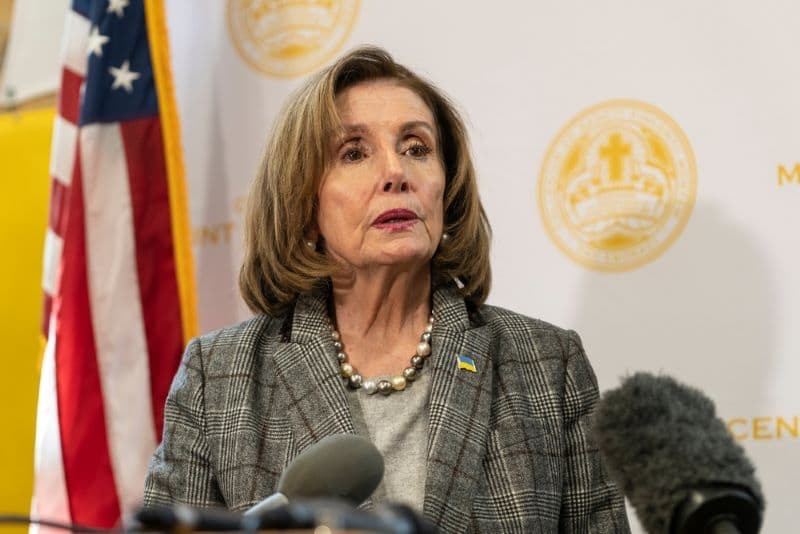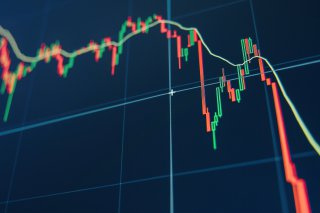The stock market is highly volatile, and even the most informed estimates and predictions cannot guarantee the market trajectory of any stock price over time. However, some factors and indicators can anticipate or even cause a parabolic move in stock price.
On February 20, Palo Alto Networks (NASDAQ: PANW) stock crashed hard: a drop of nearly 27%, the highest price plunge since it was listed in 2012. We will try to analyze why this happened, whether the stock will recover, and the possibility of some market insights to stock investors.
What caused Palo Alto stock to crash?
Palo Alto stock plunged amid shareholders’ concerns about the company’s revenue guidance. Indeed, Palo Alto stock earnings goal was brought down as the company scaled back its annual total billings from between $10.7 billion and $10.8 billion to somewhere between $10.1 billion and $10.2 billion. The investors felt let down, especially after the stock had kept soaring over 2023 and had risen nearly 120%, stoked by new AI-powered software and increases in market share.
Furthermore, total revenue announced for the year was $7.95 billion to $8.00 billion, a year-over-year growth of approximately 15% and 16%, much lower than Wall Street’s projections and the pace of 25% they established in the previous years.
Palo Alto’s CEO, Nikesh Arora, explained that the humble guidance report came due to a strategy reshuffle as the company wants to focus on growth, platform migration and consolidation, and a greater shift towards artificial intelligence. In other words, the company braced itself for “a difficult customer,” reducing their expectations due to a perceived cyber environment change.
Nancy Pelosi’s big bet on Palo Alto
The stock price plummet echoed across the market, inflating the already-present fear of big clients cutting spending on cyber safety. This came on the tail of broader market uncertainty and in spite of infamous digital breaches into blue-chip corporations like MGM Resorts International (NYSE: MGM) and Industrial & Commercial Bank of China (ICBC).
However, the initial massive stock selling might have been a bit of a jumpy reaction, as some high-profile investors flocked to buy the undervalued stock. For example, U.S. Representative Nancy Pelosi purchased Palo Alto call options worth over $1.2 million on February 26. Palo Alto’s stock price jumped about 10% the day this was announced, and as of February 28, the stock had already regained about half the value it lost.
The most probable cause for this investment was a U.S. Congress briefing on a “serious national threat” coming from the announcement of potential Russian space nukes. Having Pelosi as an influential person in Congress investing in the cybersecurity company can be interpreted as a signal of an incoming Palo Alto-government contract. In other words, those who unloaded their shares too soon might be sorry, as Pelosi’s similar Nvidia (NASDAQ: NVDA) business venture paid off–big time.

Will PANW stock go up?
The trigger-quick market response on the slightly more humble numbers and conservative revenue guidance seems to be a classic parabolic drop. This is further indicated by the still-solid performance of the now-undervalued company, the potential of more government contracts, and an expanding artificial intelligence market that the company now aims to capture more of.
Following the sharp drop, the Palo Alto stock price is already recovering, as seen in the stock price chart above. Contrary to the initial skepticism, if the company succeeds in its intentions to better adapt to the evolving cyberdefense demand and harness more AI, it might fully rebound and perhaps gain even more in value.
Remember
Disclaimer: The content on this site should not be considered investment advice. Investing is speculative. When investing, your capital is at risk.




